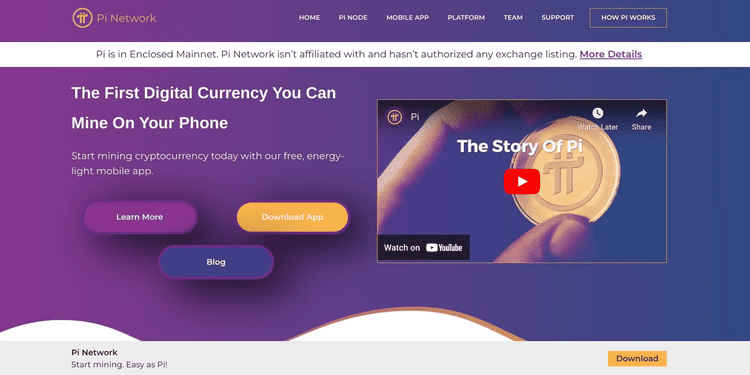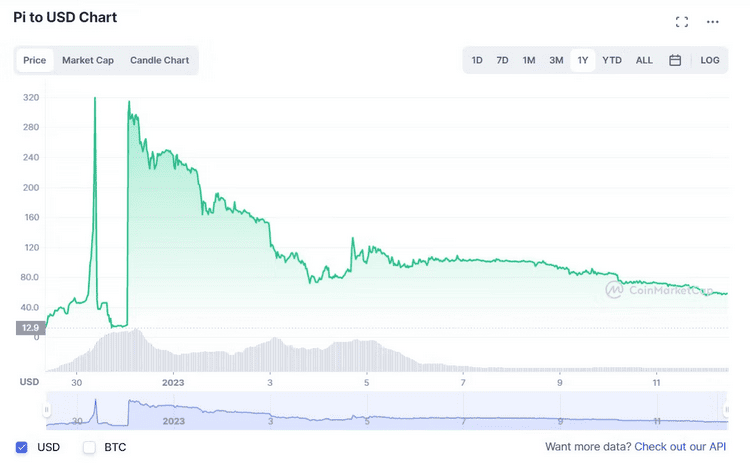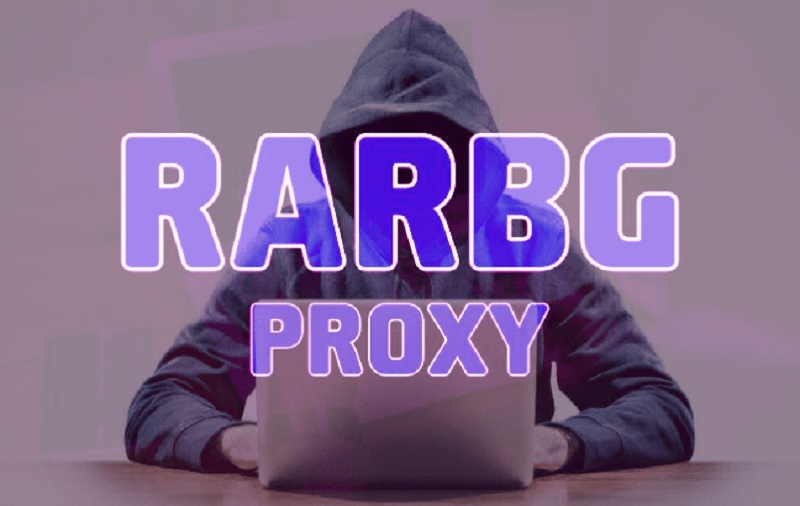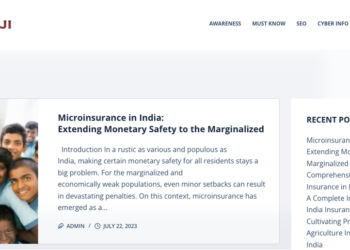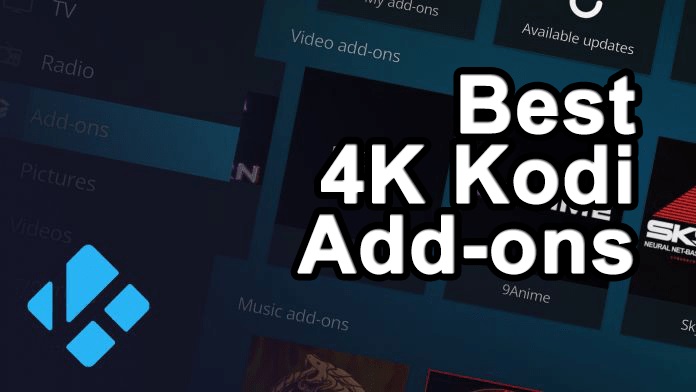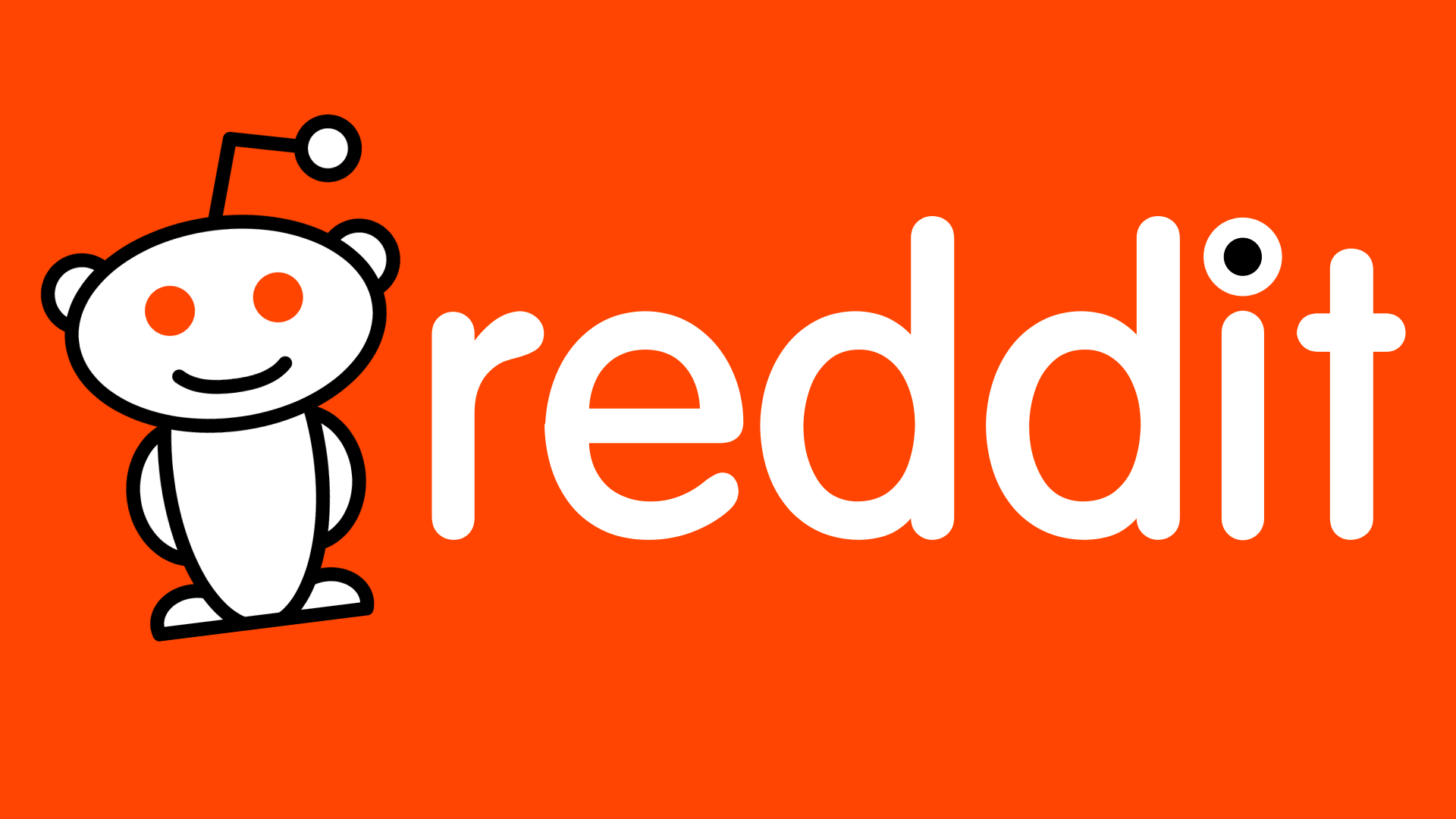Shady schemes and scams are not uncommon in the cryptocurrency market. With the launch of each new blockchain and coin, investors must evaluate the possibility of being duped. As another project, the Pi Network grows in popularity, questions about its legitimacy arise.
So, what exactly is the Pi Network, and is it a scam?
What Is the Pi Network?
The Pi Network, established in 2019 by Stanford University students Nicolas Kokkalis and Chengdiao Fan, comes in the shape of an app, a coin, and, controversially, a multi-level marketing (MLM) scheme.
The service is touted on the official Pi Network website as one that simplifies crypto mining by authorizing you to mine on your smartphone. The site also claims this may be done without significantly draining your battery.
If you’re familiar with cryptocurrency mining, you’ll know that it typically necessitates using pricey specialized equipment that consumes an enormous amount of electricity. As a result, many individuals avoid crypto mining due to the high expense, but the Pi Network has drawn many since it allows smartphone mining.
The Pi Network app allows you to mine cryptocurrency and track your data. This is a free app that is compatible with both Android and iOS smartphones. Let’s peek at what this app offers to obtain a better understanding of the Pi Network.
The Pi Network App
You’ll need to sign up for an account utilizing your Facebook account or phone number when you install the Pi Network app. You will also need to provide your first and last name and a username and password for your account. Then, you can begin using the app by following the quick tutorial provided.
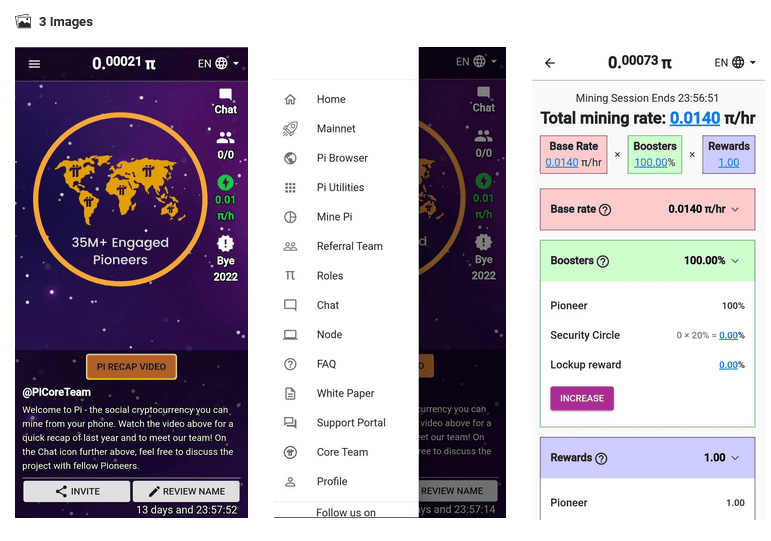
On the Pi Network app, you can play a variety of roles. As a Pioneer, you mine Pi every 24 hours by hitting the mining button on the app. As a Contributor, you must ask three to five individuals to a secure circle for an extra 0.2 PI each hour. Finally, you must utilize your referral code as an Ambassador to invite new members to the app. You gain a 25% mining bonus every time you recruit a new member.
Finally, you have the option of becoming a Node. This role is more akin to typical cryptocurrency mining, in which a node uses its computer to validate transactions on a blockchain.
The invites and varied profile levels are where the Pi Network’s MLM aspect comes into play (as we’ll see later).
What Is the Pi Cryptocurrency?
The Pi cryptocurrency is the born coin of the Pi Network blockchain and is mineable through the Pi app. Pi appears on a blockchain since it is a cryptocurrency. The Stellar Consensus Protocol, created for the Stellar (XLM) blockchain, is used for consensus on the Pi blockchain.
At the time of writing, one Pi coin is worth roughly $58. Nevertheless, it is crucial to note that cryptocurrency prices fluctuate and are always subject to increases and decreases. Furthermore, PI is extremely volatile at the time of writing, with daily fluctuations sometimes exceeding ten dollars, a significant portion of the asset’s overall value.
In addition to serving as a mining incentive, Pi also serves as a form of payment for transaction costs within the Pi Network.
Because the network is still in Enclosed Mainnet, Pi coins are not presently available on any fair exchange. This greatly limits the usage of PI, though things may change in the end as the research proceeds.
Is the Pi Network Safe? Is Pi Network a Scam?
One of the Pi Network’s most contentious aspects is its multi-level marketing scheme (MLM). Multi-level marketing programs require individuals to contact and recruit new members (or workers) individually rather than having the organization handle new recruiting. The incentive here is the offer of more Pi coins in exchange for recruiting, which is also why many people wonder if the Pi Network is a pyramid scam.
Another troubling aspect of the Pi Network mining system is that you cannot withdraw your mining profits (for the time being). This is due to the Pi Network now being in Enclosed Mainnet. While the Pi Network’s developers argue that the network will be edited to Open Mainnet in the future, there has yet to be a set a date for the Pi Network’s official launch.
The Pi asset is also not registered on exchanges, raising concerns about the project’s validity. However, this is due to the Pi Network currently being in an Enclosed Mainnet rather than Open Mainnet. In late 2022, the Pi Network issued a warning regarding certain exchanges listing Pi without permission, which you should be careful of if inquisitive about this asset.
It also operates KYC (Know Your Customer) characteristics to authenticate the identification of new users. Those who complete the KYC process will be invited to the Open Mainnet. This is fantastic news for the Pi Network. Nonetheless, the aggressive marketing of the Open Mainnet upgrade on social media has heightened suspicion, as scam crypto projects frequently use the constant promotion to entice investors.
While the MLM structure of the Pi Network is concerning, there is currently no financial risk associated with the app itself. To mine Pi, you do not need to provide payment information or invest money. However, as previously stated, you do need to supply your phone number or link your Facebook account, which may pose a security risk if the Pi Network is not legitimate.
Questions Surrounding the Pi Network Still Remain
It’s still being determined whether consumers can withdraw their mined PI money and utilize it on an exchange until the Pi Network activates its Open Mainnet. Concerns have also been introduced about the project’s multi-level marketing structure. Time will tell whether the Pi Network is legitimate or another unscrupulous cryptocurrency hoax.


